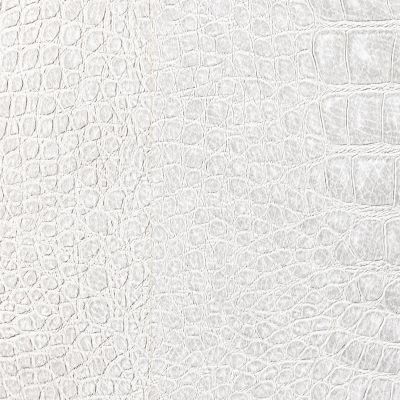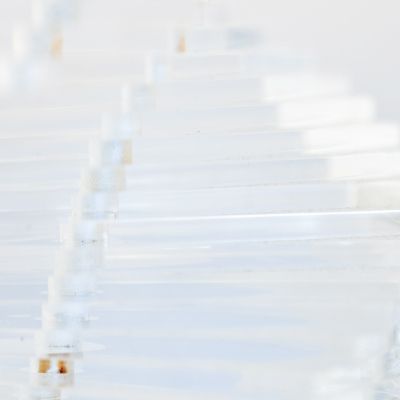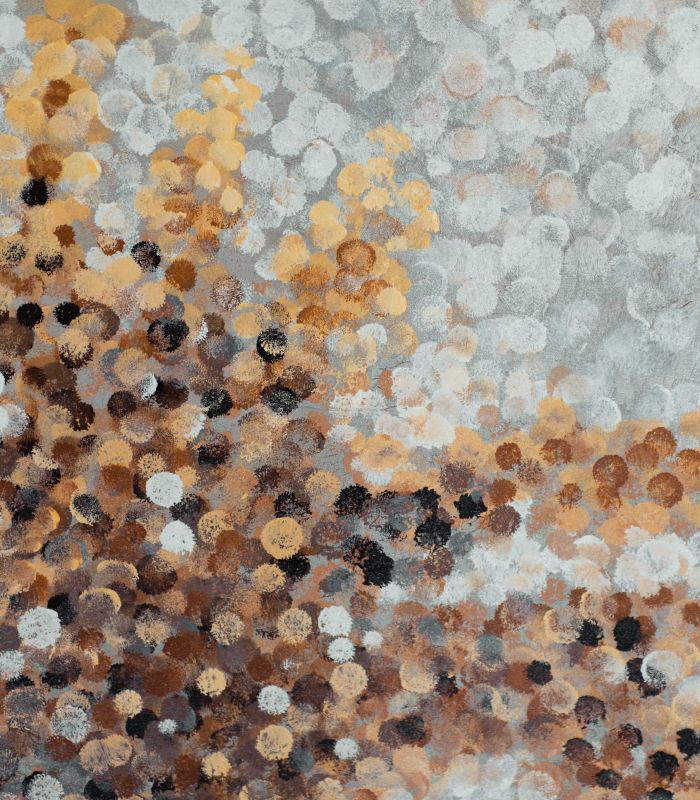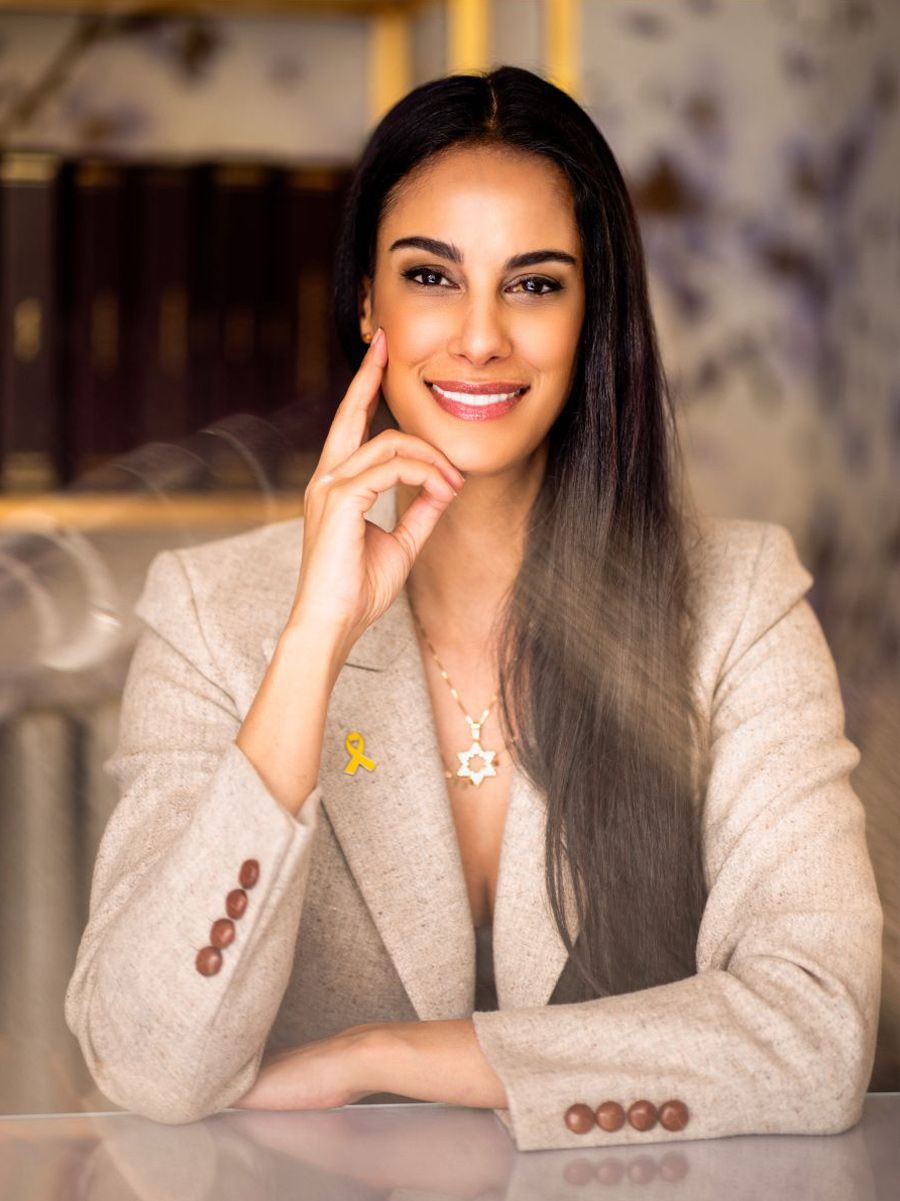Is Labiaplasty Right for You? A Guide to Costs, Benefits, and Realistic Expectations
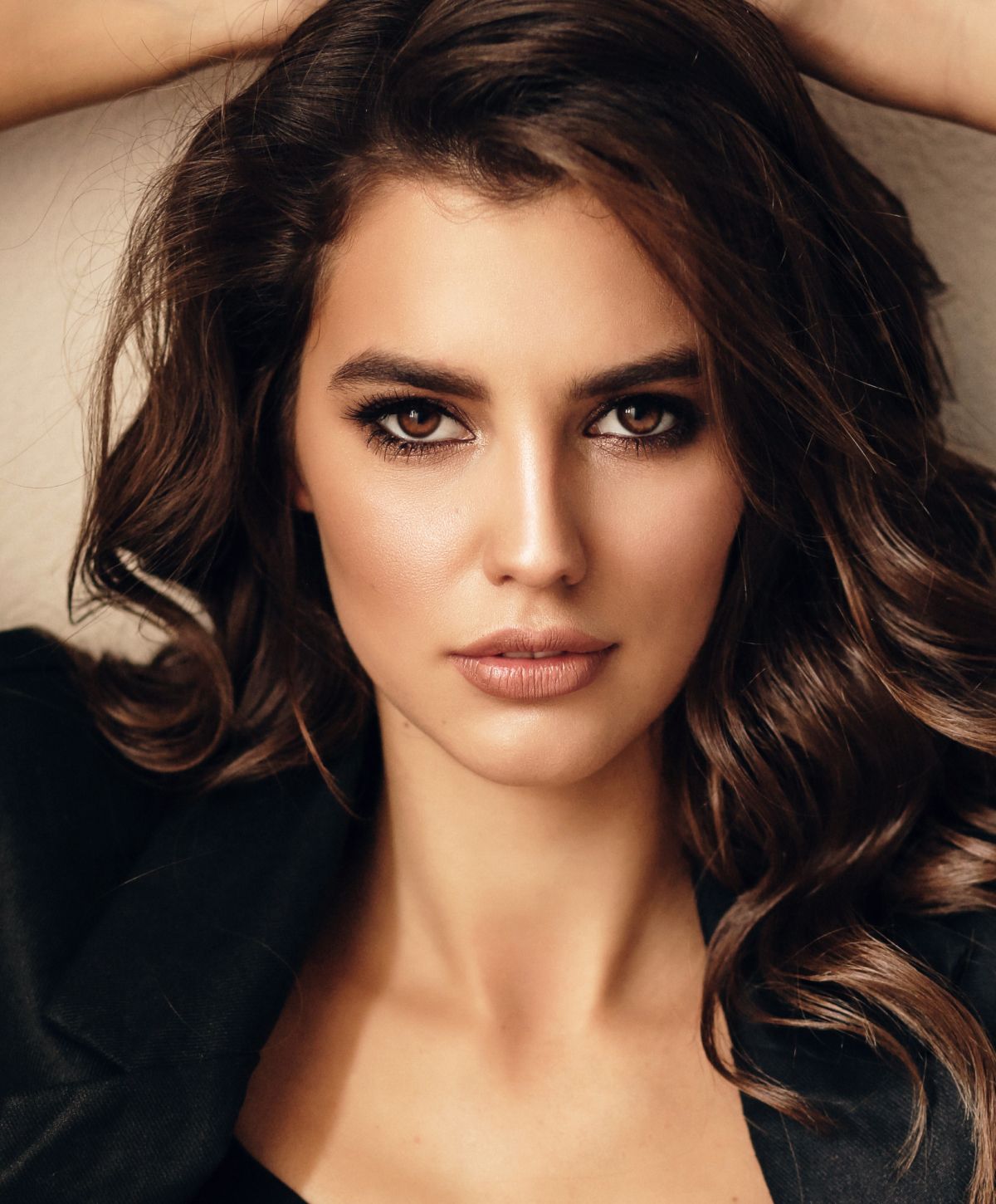
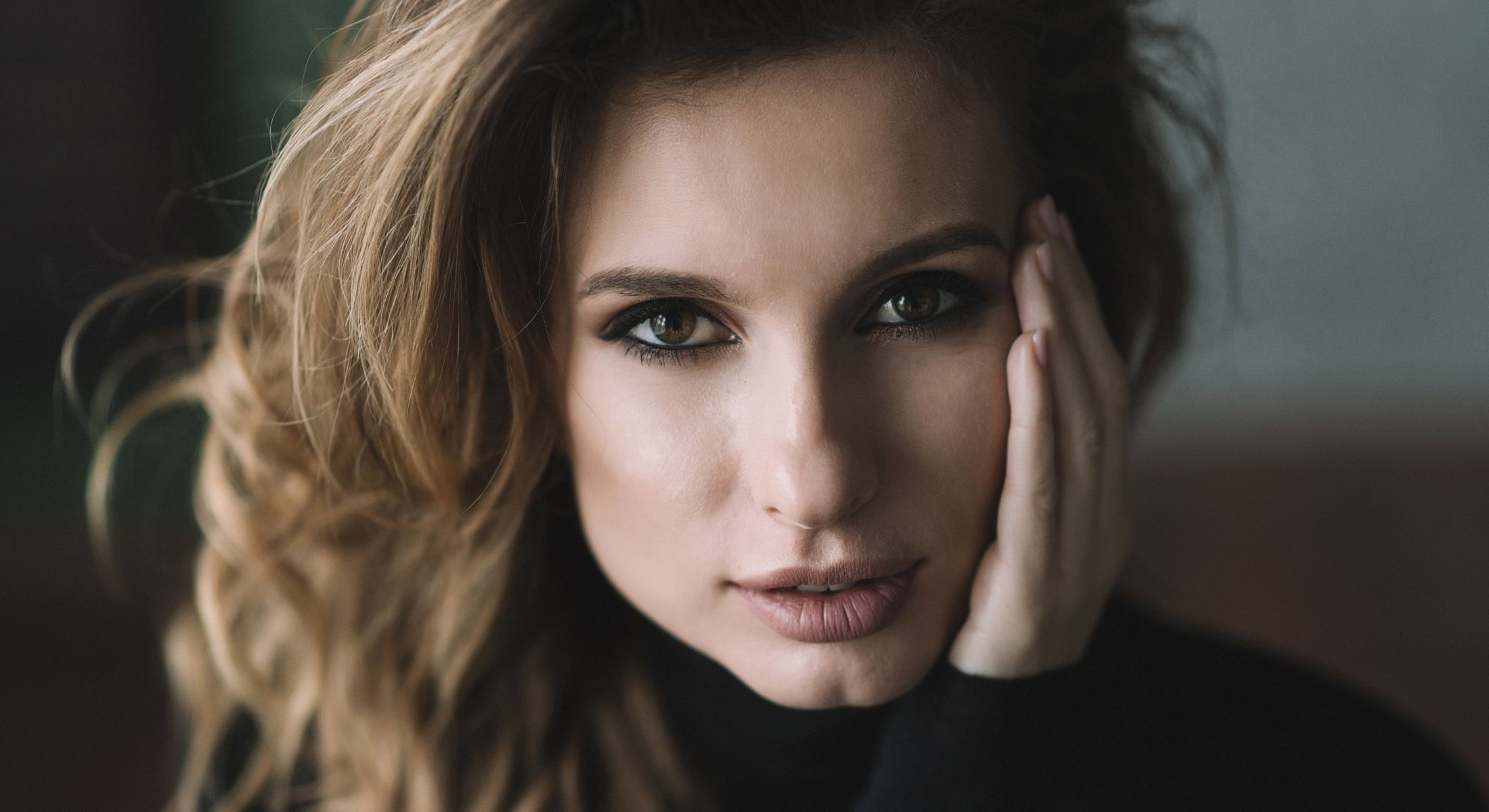
The eyes carry weight in how the world perceives you. When the lower lids develop puffiness, loose skin, or shadows, they can imply fatigue or stress that doesn’t match how you actually feel. Makeup and creams can only go so far. Lower blepharoplasty in Los Angeles at Nazarian Plastic Surgery provides a precise, long-lasting solution by refining the under-eye contour, removing excess tissue, and restoring balance to the eye area. The outcome is subtle, natural, and aligned with your features—never overdone.
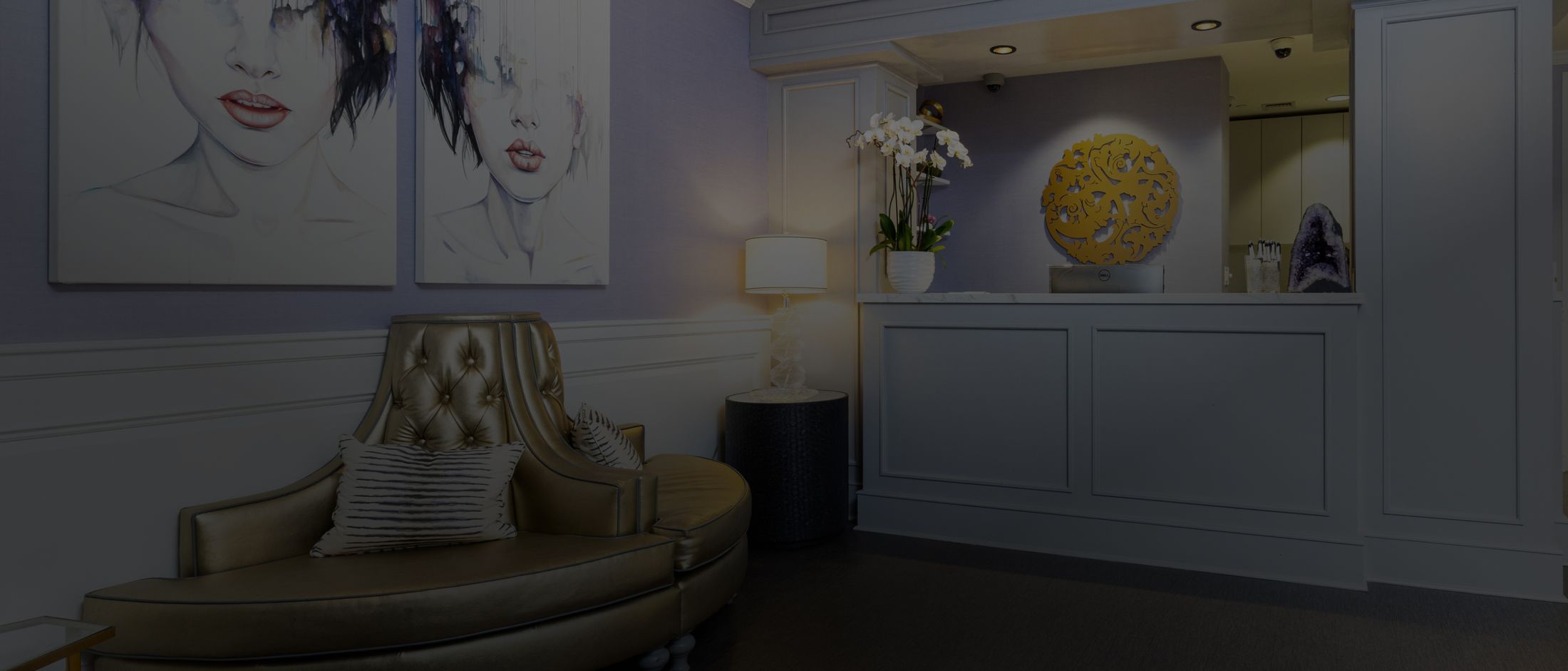
Lower blepharoplasty, also called lower eyelid surgery, is a cosmetic procedure that redefines the under-eye area. With age, skin loses elasticity, and the support structures around the eyes weaken. Fat pads that once provided smooth contour begin to bulge forward, while thin, delicate skin exaggerates shadows. The result is puffiness, under-eye bags, and a tired appearance.
Through discreet incisions placed either just beneath the lash line or inside the eyelid, Dr. Nazarian removes or repositions fat, smooths excess skin, and restores a more youthful contour. The key is balance. Too much removal can create a hollow or unnatural look, while too little leaves concerns unresolved. A carefully tailored approach produces results that are clean and natural, with no change to your unique eye shape.
In many cases, the most powerful results come from a combination of treatments. Lower blepharoplasty may be performed in combination with upper eyelid surgery, a brow lift, or non-surgical options such as laser resurfacing and chemical peels. This comprehensive approach ensures harmony across the entire eye area.
When skin quality is a priority, we frequently pair lower blepharoplasty with fractional laser resurfacing. The laser helps refine fine lines, soften crepey texture, even pigment, and support collagen around the eye—complementing the structural changes achieved with surgery.
When it comes to the perfect candidate for lower blepharoplasty Los Angeles patients should be generally healthy adults who are frustrated by persistent puffiness, loose skin, or under-eye bags that no longer respond to non-surgical options. Some patients notice that makeup no longer sits well beneath the eyes or that contact lenses have become uncomfortable due to changes in the lower lid structure. Others may be experiencing functional concerns, such as reduced peripheral vision caused by excess tissue.
While most patients seek this procedure for cosmetic reasons, its benefits often extend beyond appearance. The best candidates are realistic about results and understand that the goal is refinement, not transformation. During your consultation, Dr. Nazarian will evaluate your unique anatomy and create a treatment plan that fits both your aesthetic goals and your lifestyle.
Eyelid surgery has been part of aesthetic and reconstructive practice for decades, but the techniques used have evolved dramatically. Older approaches often removed too much fat, leaving patients with hollow or sunken eyes. Today, the emphasis is on preservation and repositioning, maintaining youthful volume while eliminating what no longer serves you.
The lower lids are particularly delicate, with fine skin and important structural support that must be respected. Precision is essential. Modern lower blepharoplasty balances surgical skill with artistic judgment to ensure results look natural, not surgical. This evolution underscores the importance of choosing a surgeon with the right training and experience.
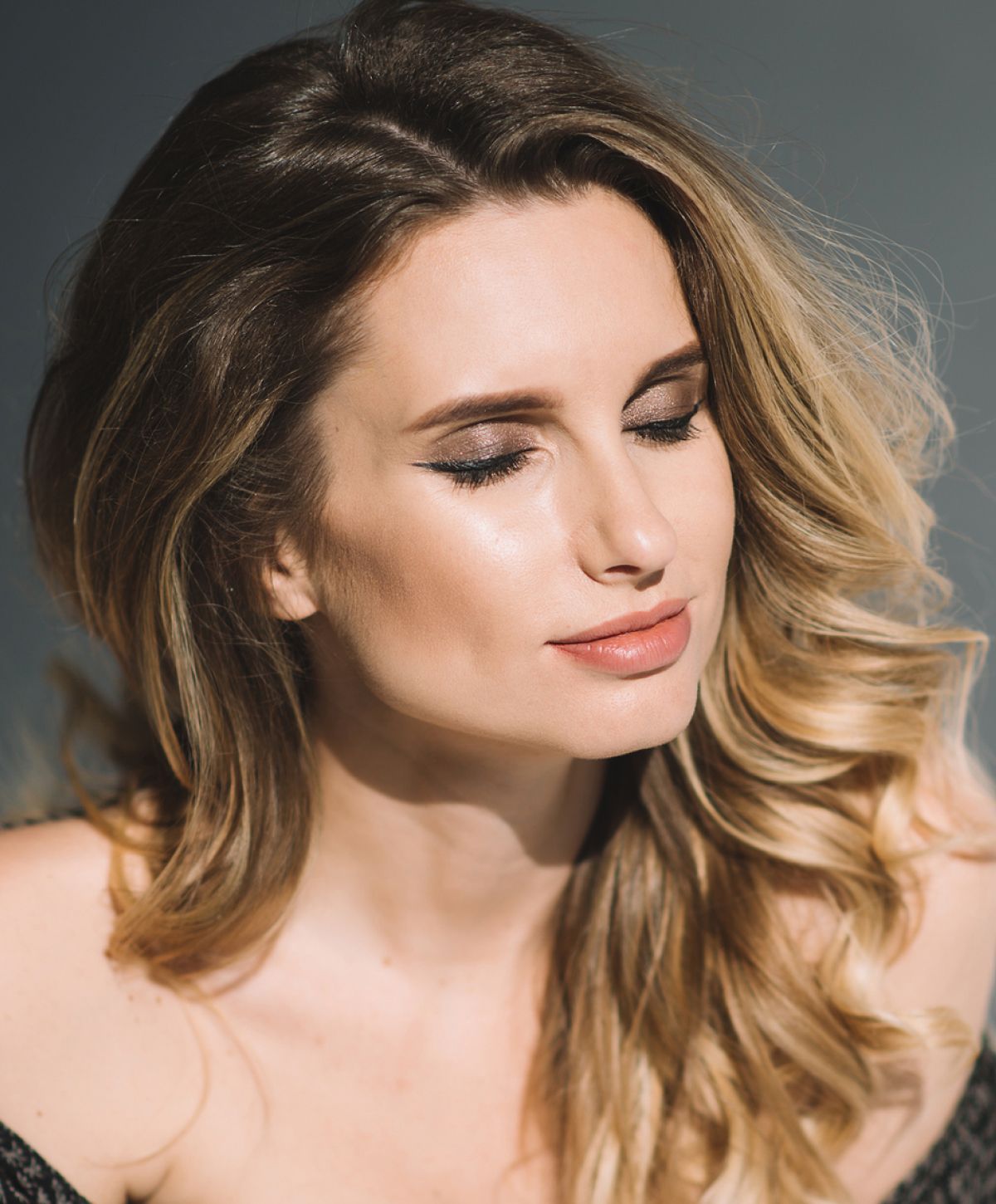
Lower blepharoplasty is performed in our accredited Beverly Hills suite. Pinch/skin-only lower eyelid surgery can be done fully awake with local anesthesia. When fat pockets require transconjunctival sculpting, we use IV sedation or general anesthesia for precision and comfort. The procedure typically takes about an hour, though combining it with upper blepharoplasty or a brow lift can extend the time.
Once local anesthesia is administered, Dr. Nazarian makes small incisions. For patients with good skin elasticity and primary concerns of fat bulging, the incision may be placed inside the eyelid. This transconjunctival approach leaves no external scar and allows direct access to the fat pads. For patients with loose or crepey skin, a fine incision is made just beneath the lash line. This approach permits both fat contouring and skin tightening.
Fat management is nuanced. Instead of simply removing fat, Dr. Nazarian often repositions it to fill hollows and restore smooth contour. The skin is then gently tightened, with care taken not to pull excessively. Once refinement is complete, incisions are closed with delicate sutures designed to blend seamlessly.
The process is technical, but the artistry lies in judgment. Success is not measured in how much is removed, but in how balanced the final result appears.
The recovery period after a lower blepharoplasty requires attention and patience. In the first 48 hours, swelling and bruising peak. Keeping your head elevated and using cold compresses helps reduce these effects. By the end of the first week, most swelling and bruising have begun to resolve. If we added laser resurfacing, expect a few extra days of redness and a mild sandpapery feel under the eyes. Keep the area moisturized, avoid sun exposure, use SPF daily, and follow the ointment plan we provide.
During the second week, patients often feel ready to return to daily activities. Makeup and contact lenses are typically resumed at this point, though Dr. Nazarian provides individualized guidance. Exercise and strenuous activity should wait until you are fully cleared.
Complete healing continues for several weeks, with final results gradually revealed as residual swelling subsides. Scars, if present, are hidden and fade over time. Protecting the delicate skin from sun exposure during recovery is essential.
Follow-up visits are part of the process. Dr. Nazarian and her team remain accessible for any concerns, ensuring you feel supported through every phase of recovery.
Results from lower blepharoplasty are apparent soon after surgery, with significant improvements visible once initial swelling subsides. The under-eye area appears smoother, puffiness is reduced, and the overall look is more rested and youthful. Importantly, the outcome preserves your natural eye shape—patients look like themselves, simply refreshed.
The improvements are long-lasting. Most patients enjoy results for a decade or longer. While the natural aging process continues, the structural changes achieved through surgery remain. Skin may eventually loosen again with time, but the refined foundation created by blepharoplasty provides a lasting advantage.
Lifestyle factors such as sun protection, healthy habits, and proper skincare can help maintain results. For some, touch-up treatments with non-surgical options like laser resurfacing or fillers may be used years later to further extend the benefits.
Lower lids age in layers—skin, fat, and support. We treat in layers. When skin looks thin or crepey, we often add a fractional laser pass around the eyes at the same sitting. It smooths fine lines, evens pigment, and supports collagen so the surgical contour reads clean. Depth is tailored to the canvas; lower lids get respect, not heat for heat’s sake.
Upper lids and brows frame the change below. If heaviness from the brow crowds the eye, we’ll map an upper bleph or subtle brow lift so the whole upper face looks balanced. If hollowing near the lid–cheek line distracts, we consider a small, staged HA filler or PRF once swelling settles. Fat grafting is an option when the goal is a wider blend—but only when the soft tissue can support it.
Not every eye needs everything. If puffiness sits front and center and skin quality is solid, a transconjunctival approach alone can reset the contour. When looseness is the main story, a conservative skin pinch can tighten the envelope; laser adds finish for texture and pigment.
Timing is crucial in the process. Laser treatments can be performed on the same day as skin-only procedures, or they may be staged for a few weeks after fat sculpting to allow any swelling to subside first. Fillers and PRF should be applied when the tissues are calm, enabling us to refine the borders and address light troughs more effectively. Our goal is to achieve a smooth under-eye area, a subtle crease, and skin that looks good in natural light.
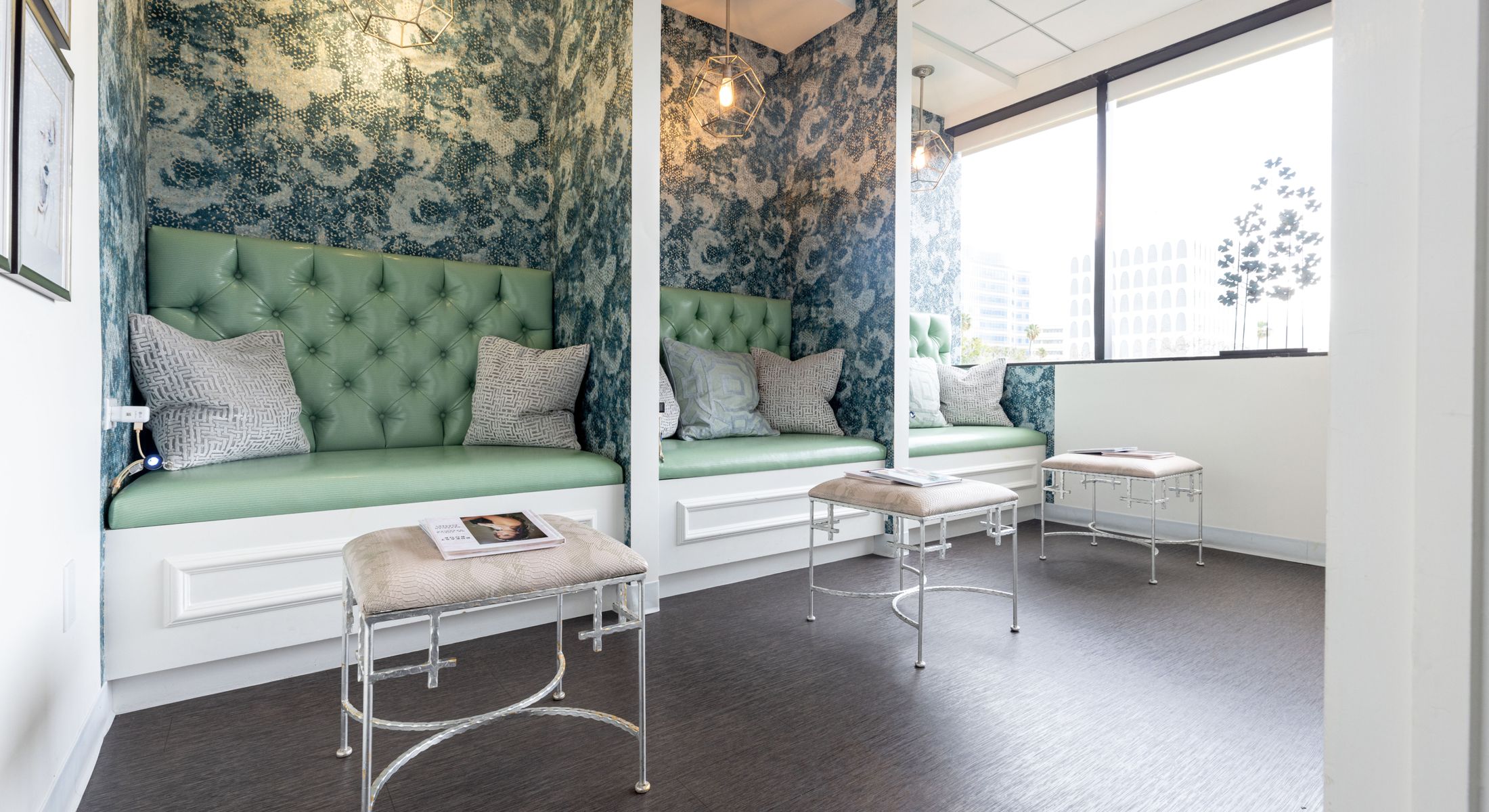
The price of lower blepharoplasty depends on the complexity of your case, the surgical technique, and whether it is combined with other procedures such as upper eyelid surgery or a brow lift. Anesthesia choice—local versus general—can also affect the total.
Across the United States, the average cost of lower blepharoplasty ranges from $4,000 to $11,000. At Nazarian Plastic Surgery, exact pricing varies for each patient, since every treatment plan is personalized to anatomy, goals, and whether multiple procedures are performed together.
During your consultation, you’ll receive a clear, customized estimate that outlines all costs involved. Our team also offers financing options to make treatment more accessible. While the investment varies, most patients find the long-term value significant, since results often last a decade or more.
Your consultation is where the process begins. Dr. Nazarian takes time to understand your concerns, examine your anatomy, and explain your options. You can expect a transparent discussion of what surgery can achieve, what it cannot, and what additional treatments may be appropriate for a comprehensive result.
Patients consistently note the accessibility and support they receive at Nazarian Plastic Surgery. From pre-operative planning to post-operative recovery, the team is available to answer questions and guide you through the process. This commitment ensures not only excellent results but also a confident, supported experience.
Lower blepharoplasty requires precision, restraint, and judgment. Too much alteration can leave eyes hollow; too little fails to address the concern. Dr. Sheila Nazarian is a board-certified plastic surgeon with subspecialty training in cosmetic and reconstructive eyelid surgery. Her expertise, paired with her honest and transparent approach, ensures that patients understand their options and feel confident in their treatment plan.
She is recognized not only for her technical skill, but also for her ability to design multi-modal treatment plans that address the full picture of facial aging. Patients choose Dr. Nazarian because they know she will prioritize natural results, safety, and support every step of the way.
If under-eye puffiness, sagging, or shadows are affecting how you look and feel, lower blepharoplasty may be the solution. With Dr. Nazarian’s refined technique and patient-centered approach, you can achieve a smoother, more youthful under-eye contour that looks completely natural. Schedule your consultation at Nazarian Plastic Surgery in Los Angeles today to begin your personalized plan.
Most patients enjoy their results for ten years or longer. The structural improvements achieved during surgery are long-term, though aging continues.
Incisions are placed either inside the eyelid or along the lash line, making them virtually invisible once healed.
Anesthesia ensures comfort during surgery. Recovery is usually described as tightness and swelling rather than pain, and discomfort is easily managed.
Yes. By addressing bulging fat and tightening skin, lower blepharoplasty reduces the shadows that create the look of dark circles.
Most patients resume makeup and contact lens use about two weeks after surgery, once healing has progressed.
While uncommon, asymmetry can occur. In select cases, surgery on one side may be appropriate, but most patients benefit from bilateral correction for balance.
Patients with uncontrolled medical conditions or unrealistic expectations may not be good candidates. Dr. Nazarian reviews your history carefully before recommending surgery.
Yes. Some patients benefit from subtle filler placement in addition to surgery to refine contours and extend results.
Yes. Pinch/skin-only lower eyelid surgery is often done fully awake with local anesthesia. If you need fat removal or repositioning through a transconjunctival approach, we recommend IV sedation or general anesthesia for accuracy and comfort.
Many patients do. A fractional laser around the eyes can tighten fine lines, improve texture and pigment, and support collagen, while surgery addresses bags and excess skin. Downtime is slightly longer with the laser. We’ll line up the plan with your schedule.
